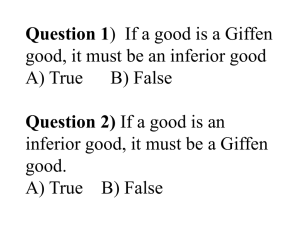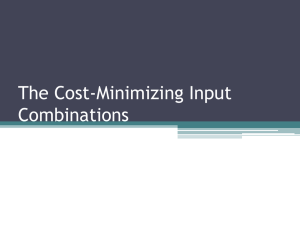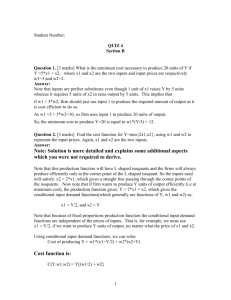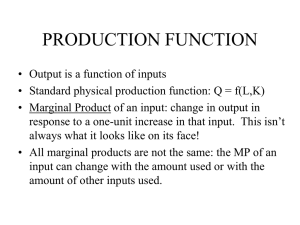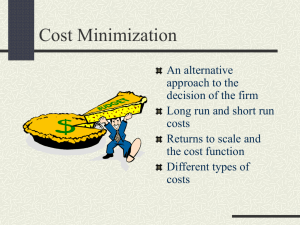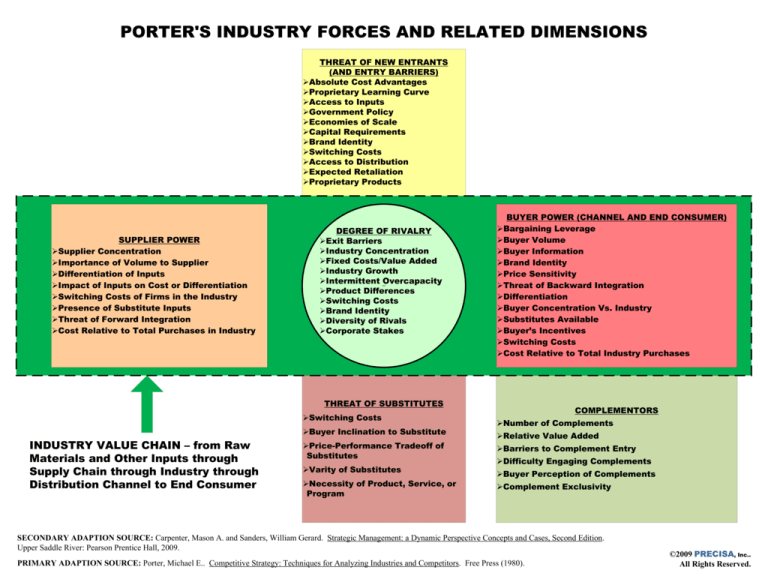
PORTER'S INDUSTRY FORCES AND RELATED DIMENSIONS
THREAT OF NEW ENTRANTS
(AND ENTRY BARRIERS)
ØAbsolute Cost Advantages
ØProprietary Learning Curve
ØAccess to Inputs
ØGovernment Policy
ØEconomies of Scale
ØCapital Requirements
ØBrand Identity
ØSwitching Costs
ØAccess to Distribution
ØExpected Retaliation
ØProprietary Products
SUPPLIER POWER
ØSupplier Concentration
ØImportance of Volume to Supplier
ØDifferentiation of Inputs
ØImpact of Inputs on Cost or Differentiation
ØSwitching Costs of Firms in the Industry
ØPresence of Substitute Inputs
ØThreat of Forward Integration
ØCost Relative to Total Purchases in Industry
DEGREE OF RIVALRY
ØExit Barriers
ØIndustry Concentration
ØFixed Costs/Value Added
ØIndustry Growth
ØIntermittent Overcapacity
ØProduct Differences
ØSwitching Costs
ØBrand Identity
ØDiversity of Rivals
ØCorporate Stakes
text
BUYER POWER (CHANNEL AND END CONSUMER)
ØBargaining Leverage
ØBuyer Volume
ØBuyer Information
ØBrand Identity
ØPrice Sensitivity
ØThreat of Backward Integration
ØDifferentiation
ØBuyer Concentration Vs. Industry
ØSubstitutes Available
ØBuyer’s Incentives
ØSwitching Costs
ØCost Relative to Total Industry Purchases
THREAT OF SUBSTITUTES
ØSwitching Costs
ØBuyer Inclination to Substitute
INDUSTRY VALUE CHAIN – from Raw
Materials and Other Inputs through
Supply Chain through Industry through
Distribution Channel to End Consumer
ØPrice-Performance Tradeoff of
Substitutes
ØVarity of Substitutes
ØNecessity of Product, Service, or
Program
COMPLEMENTORS
ØNumber of Complements
ØRelative Value Added
ØBarriers to Complement Entry
ØDifficulty Engaging Complements
ØBuyer Perception of Complements
ØComplement Exclusivity
SECONDARY ADAPTION SOURCE: Carpenter, Mason A. and Sanders, William Gerard. Strategic Management: a Dynamic Perspective Concepts and Cases, Second Edition.
Upper Saddle River: Pearson Prentice Hall, 2009.
PRIMARY ADAPTION SOURCE: Porter, Michael E.. Competitive Strategy: Techniques for Analyzing Industries and Competitors. Free Press (1980).
©2009 PRECISA, Inc..
All Rights Reserved.

